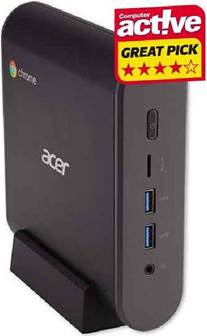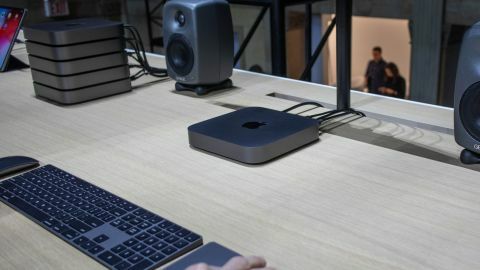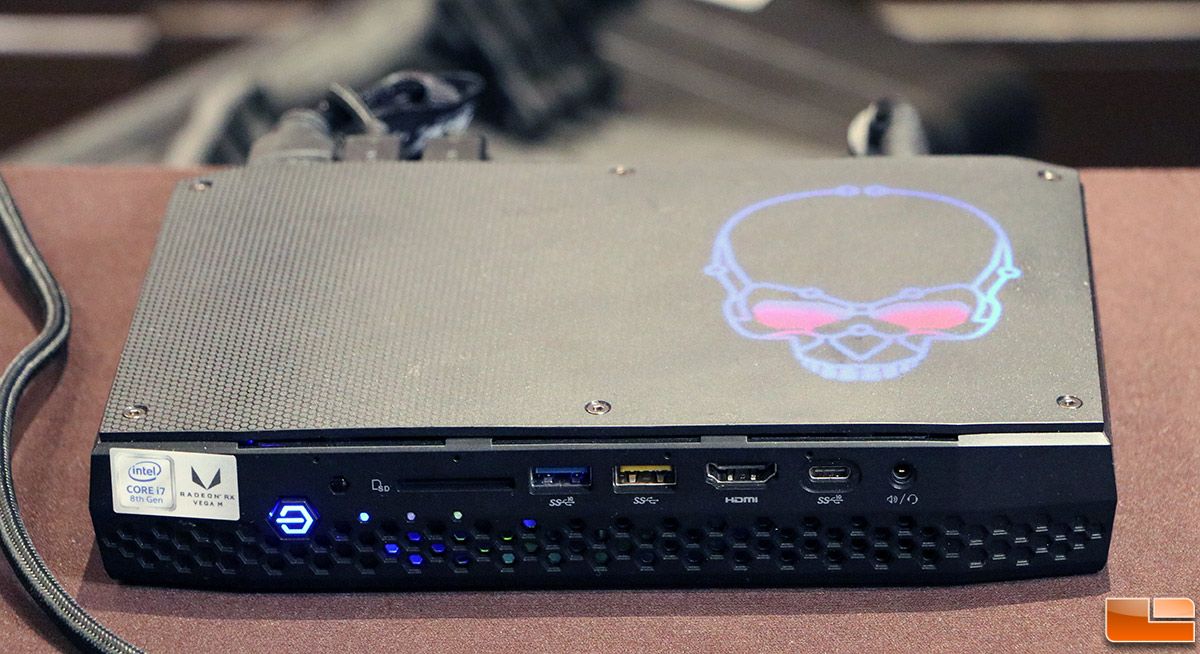SIX REASONS WHY YOU SHOULD BUY A MINI PC TODAY
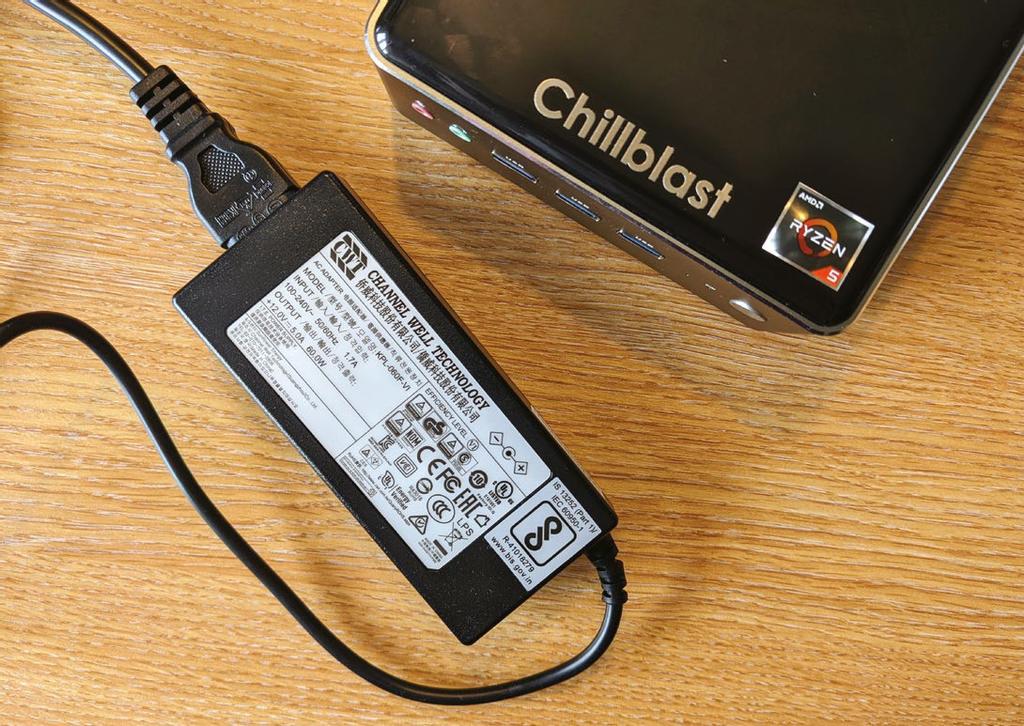
They’re very small
This benefit almost goes without saying, but it’s still worth asking: how small is a mini PC? Many are built on what’s known as a Mini-ITX (Information Technology eXtended) motherboard, which is 17cm² (6.7in2). Add in a little extra space for air circulation and the case itself, and you can expect a footprint of less than 20cm² (8in²). Often a lot smaller. Read our SIX REASONS WHY YOU SHOULD BUY A MINI PC TODAY.
Mini-ITX isn’t the only option, however. Nano-ITX is 12cm², Pico-ITX is 10×7.2cm, and Mobile-ITX is 6cm² (see these sizes compared below). However, Pico-ITX and Mobile-ITX motherboards have specific uses in media streaming, medical devices and the like, and you’re highly unlikely to find them inside a regular mini PC.
Some manufacturers develop their own motherboard designs, and minimise their desktop footprint by optimising the placement of ports and components. That’s the case with the Chillblast 3500U model: while the 13cm case might suggest there’s a Nano-ITX motherboard inside, it’s actually a custom-designed board from Chinese manufacturer Maxtang.
Is this something to be concerned about? Not at all. The connectors are industry standard, so if you choose to upgrade it you can use mainstream memory and drives, rather than obscure models that are hard to find.
When space is your primary concern, it’s sometimes necessary to compromise. So, while you can still connect a wired or wireless keyboard and mouse, plus your monitor and a handful of peripherals, there’s often not enough room for sound cards or graphics cards. Happily, this is less of a problem today than it would have been a few years ago when a PC’s sound or graphics cards would be upgraded at least once during its usable life.

The smallest mini PCs look more like streaming sticks (see the Ouvislite Fanless Mini PC Stick). With an integrated HDMI plug (rather than an HDMI port) they are designed to be connected directly to a monitor or TV set, and are often powered by USB. Although they don’t have many ports nor much in the way of onboard storage, they’re a handy way to convert a screen to an all-in-one computer. They’re easy to carry around in your pocket too.
The Chillblast 3500U, for example, positively bristles with ports, has a speedy processor, a large solid-state drive (SSD), and runs Windows 11. There’s very little it can’t do that a ‘regular’ PC can. Perhaps the only downside, and it’s a minor one, is that shrinking the computer to such an extent means there’s no space for the power transformer inside the case. Instead, there’s a laptop-style brick attached to the power lead (pictured above).
You can easily add peripherals
Mini PCs are usually equipped with a full complement of ports to which you can add mice, keyboards, monitors, external storage and more. Because you can tuck away a mini PC, and in some cases mount it on the back of your screen, they’re also easier to accommodate than a laptop when using external devices. On page 55 we explain which mouse and keyboard we paired with our mini PC, and give you other options.
It’s true that you can buy laptop stands – like the £ Griffin Elevator (https://amzn.to/3cEgsWg) – that let you use a laptop’s screen while also using a separate mouse, monitor and keyboard. However, if you plan to do that, why bother buying a laptop with a trackpad and keyboard that you have no intention of using? It’s a waste of space and money.
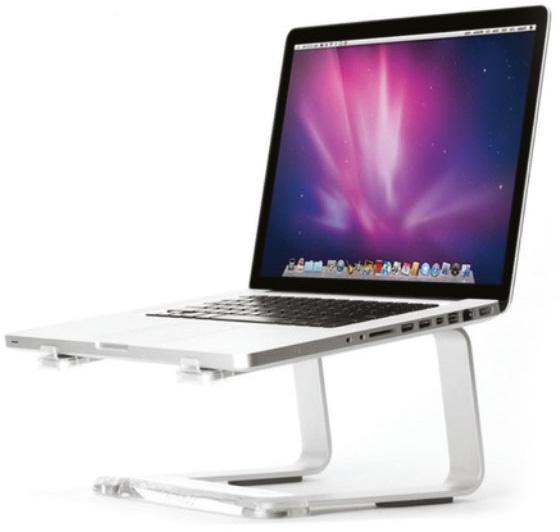
They’re easy to upgrade
Your laptop, screen and mouse aren’t the only components you might want to upgrade. What about your memory, drive, or even the processor? Today’s laptops are precision devices, in which replacing a single part, like the SSD, may require removing the screen and unplugging several other components. Are you confident enough to give that a go?
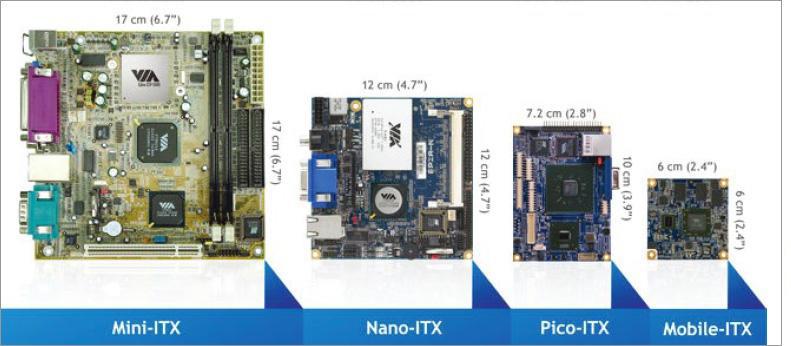
Many mini PCs are built using laptop parts, and some will have the memory and processor soldered to the motherboard (otherwise known as ‘embedded’) – in which case you won’t be able to upgrade them. However, it’s possible to buy a more upgradeable device if you think you may end up customising it over time. The Chillblast 3500U comes with a pair of SO-DIMM memory slots, one of which remains empty, as well as an empty SATA slot alongside the NVMe drive. You can use both to improve the device’s specifications over time.
They’re often cheaper than larger PCs
You can pick up a mini PC for less than £ if you’re shopping on a budget, and won’t need to spend any more if you can re-use your existing monitor, keyboard and mouse. The overall cost will be cheaper even than most low-end laptops.
We’d recommend spending a little more, if you can, because pushing your budget to £ – the price of the 3500U – gets you a quad-core processor, 250GB drive and a copy of Windows 11 Home (some cheap mini PCs may come without an operating system, so always check).
They use less electricity
Household energy bills increased by 54 per cent in April, and are expected to jump a further 40 per cent in October, so we all need to think about ways to reduce how much electricity we use. Because mini PCs typically use laptop components, which are optimised for low power consumption, they usually consume less power than an equivalent desktop PC.
Furthermore, clever case design allows manufacturers to use passive cooling to stop mini PCs overheating. Such methods include building the case from heat conducting metals that cool the computer naturally by radiating the heat into the surrounding air. Active cooling, by contrast, uses energy – as anyone with noisy fans inside their computer will tell you.
Precisely how much less energy your chosen mini PC consumes is impossible to predict, as it depends on both its own specifications and those of the full-size computer you would otherwise have bought. However, desktop PCs are widely considered to use about 100 watts, which is around twice what we’d expect a mini PC to consume.
It would take a long time to completely offset the cost of a mini PC in energy savings, so stretching your budget to buy one might feel extravagant. However, if you’re already in the market for a new machine, it makes sense to consider mini PCs first, and move on to conventional desktop machines if you don’t find anything that suits.
They’re versatile
Another advantage of their size is that they can be used for more purposes than either a laptop or a chunky desktop PC, helping them to remain productive for longer. For example, you can tuck one behind a TV, freeing you up to recycle an old device that’s no longer capable of running the latest media-streaming software. Or you might want to stick it behind your router and share its internal SSD so the whole family can swap files, share music, and contribute to a communal photo library.
Technically, you could do the same with an old desktop PC or laptop, but setting up these bigger devices is a lot more work. We explain clever ways to use your mini PC.


